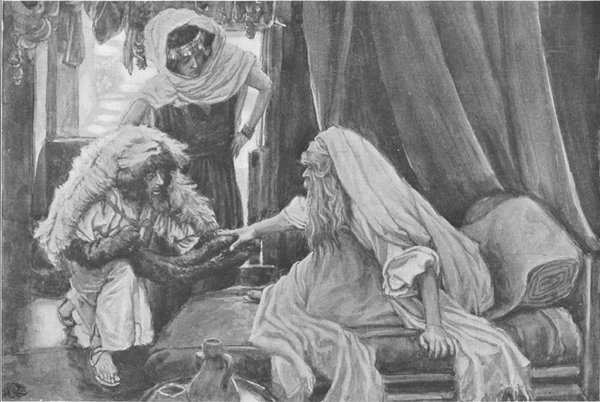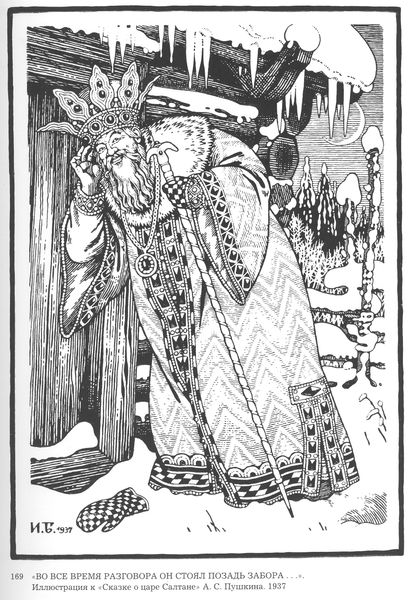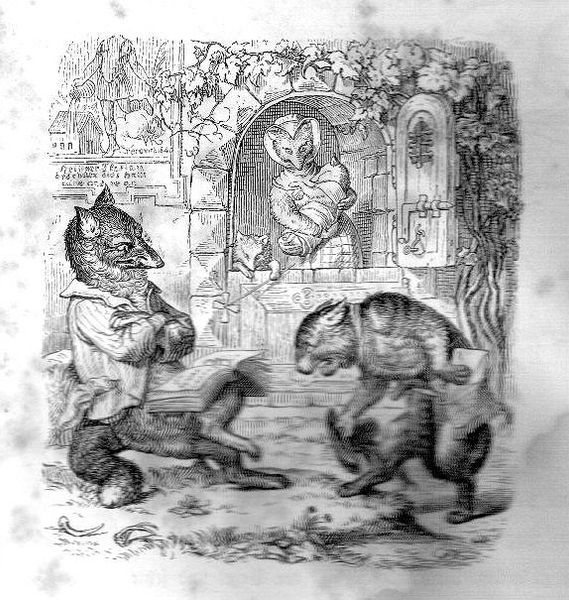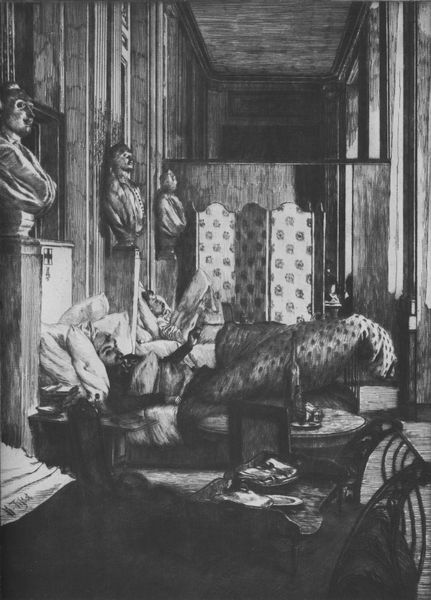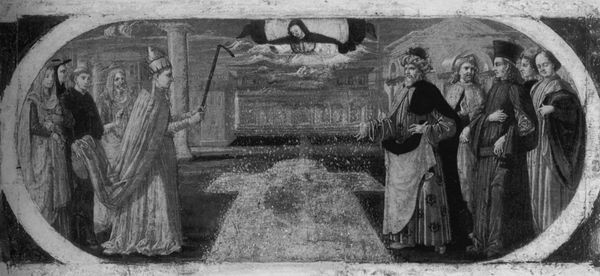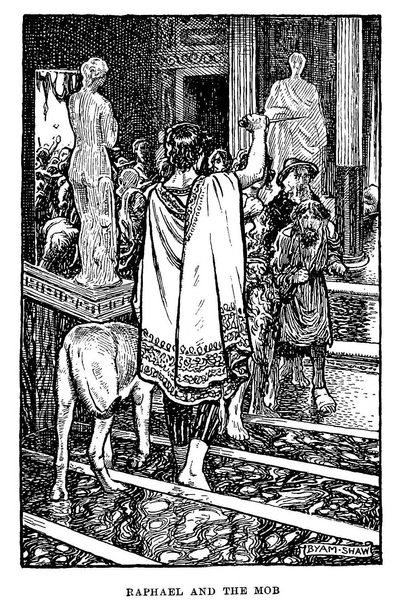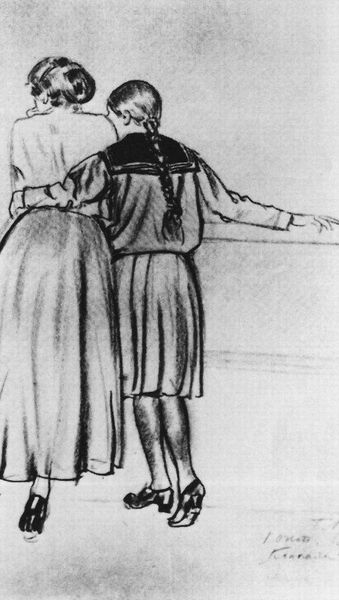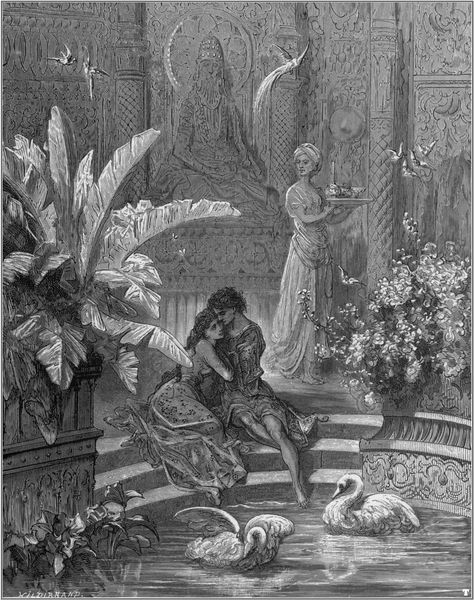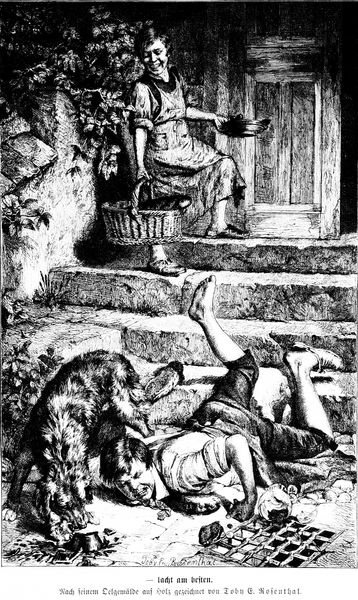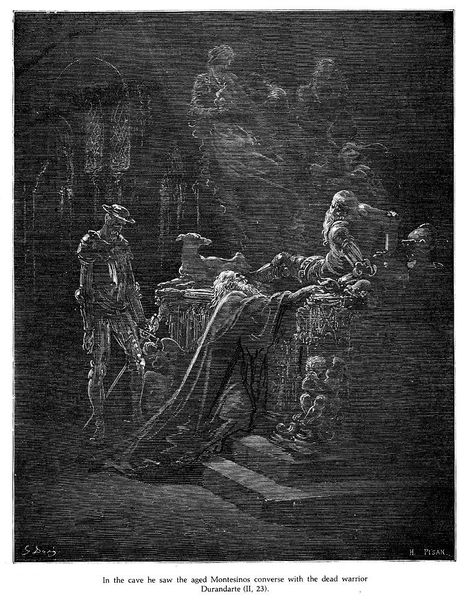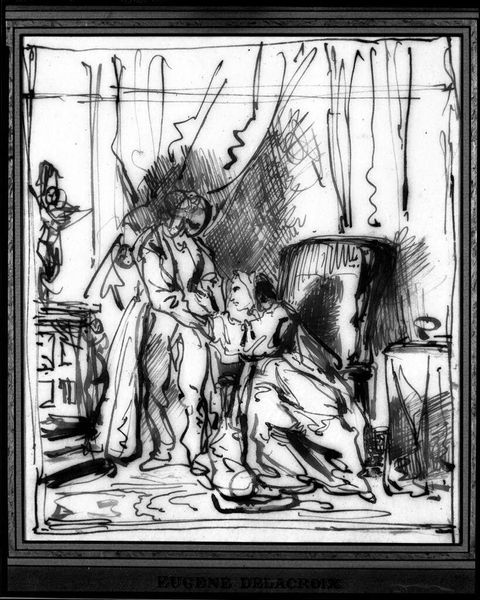
drawing, charcoal
#
portrait
#
drawing
#
impressionism
#
charcoal drawing
#
charcoal art
#
genre-painting
#
charcoal
#
charcoal
#
realism
Dimensions: 35 x 55.4 cm
Copyright: Public domain
Curator: I'd like to draw your attention to this compelling piece by James Tissot, titled "Woman at the Window." It’s a charcoal drawing that, despite its simple medium, exudes a remarkable atmosphere. Editor: It's quite striking. I'm immediately drawn to the texture of the charcoal; the soft gradients create such a somber, almost ghostly mood. What’s the feeling of constraint between interior and exterior for her? Curator: The window is more than just a portal; it acts as a frame, both literally and figuratively. The woman, with her delicate hands pressed against the glass, evokes a sense of longing or confinement. The subtle details in her attire and demeanor contribute to a richer narrative. Note the elaborate draping in the room as well: interior vs. exterior is just the beginning. Editor: Absolutely. Thinking materially, the availability and accessibility of charcoal – a humble material - allows Tissot to create this very affecting emotional complexity. It also flattens the playing field – rendering accessible portraiture available without need for a ton of materials. Curator: Indeed. The choice of charcoal perhaps softens the rigidity often associated with formal portraiture. Also, notice how the surrounding objects, such as the wicker chairs, further reinforce the sense of domesticity, a world from which she appears somewhat disconnected. Does she see what’s there, or what she hopes for? Editor: Wicker work tells such an interesting story too – both practical and decorative, cheap yet can also signal taste, it democratizes status via access to decor. Plus, that carpet! The making, trade, and then very real wear on the carpet. These are the things from which an artwork grows its symbolism. Curator: And beyond its visual appeal, the image raises compelling questions about gender roles and social expectations. The window can represent possibilities, but also boundaries. It reflects inner psychological states through a very gendered lens. Editor: A gendered, class-coded lens. How easily that boundary between interior and exterior could be traversed was entirely contingent. Knowing that adds layers to her hopeful expression. I'm walking away contemplating the politics inherent in depicting the everyday, aren't you? Curator: Precisely. It’s a piece that stays with you, encouraging deeper reflection on the intricacies of life and how those experiences get framed.
Comments
No comments
Be the first to comment and join the conversation on the ultimate creative platform.

